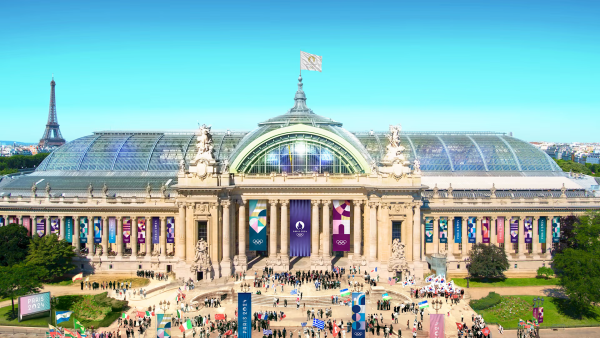Votre panier est vide
Besoin d'inspiration ?
Rendez-vous dans le programme en ligne du GrandPalais
Article -

Sacred art
In this context, art was constantly promoting transcendence, whether political, religious or social. It mainly served beliefs and rites, and enabled a dialogue to be established with divine forces. Functioning as a real intermediary and strictly codified, it adhered to the age-old laws which aimed to ensure the effectiveness (“menekh”) of works of art. For Egyptians, these works in effect always took on a very precise meaning and role. Most frequently, they had magical properties and could act as substitutes for humans or gods. Animated with a vital force, the sacred effigies in particular had the power to communicate with the gods. Artistic creations were often also part of the social structure, by contributing to the sanctity of politics – the enormous size of royal effigies, a celebration of the Pharaoh’s military exploits – and the glorification of the sacred – the splendour of religious architecture, the pomp of temples’ decoration.
An aesthetic reaching into eternity
Above all functional, Egyptian art is extremely transparent. It is characterized by simple shapes, colours generally applied in blocks, the use of a standardized symbolic vocabulary, standard postures (either face on or in profile) and symbolic variations in scale (height of characters corresponding to their importance). Although Egyptian civilization stretches over more than 3000 years, which saw several periods succeed one another, from the Thinite Period (from 3150 BC to 2700 BC) to the Roman and Byzantine Period (from 31 BC to AD 668) taking in the great period of the Empires (High, Middle and New Empire), the art it produced underwent relatively little change. That is because, being deeply rooted in its founding traditions, it did not depart from its original functions, which limited its autonomy and encouraged the longevity of forms, in line with its desire for eternity.
Votre panier est vide
Besoin d'inspiration ?
Rendez-vous dans le programme en ligne du GrandPalais
See content : 'Les métamorphoses du Grand Palais': a France 5 and france.tv documentary to watch again!

Article -
The Grand Palais is completing the biggest renovation project in its history. For the past two years, director Stefan Cornic has been tracking this metamorphosis with his camera, giving an overview of the multiple events that have taken place in the building since it was inaugurated in 1900. A documentary to watch again and again on France 5 and france.tv!
See content : From Paris 1900 to Paris 2024: the Grand Palais and its Nave, an architectural jewel restored right on time to meet sportsmen and women!

Article -
A regular venue for artistic and cultural events for over a century, the Grand Palais is reopening its majestic restored Nave for the Paris 2024 Olympic and Paralympic Games to become the place for fencing and taekwondo events! And don't forget: this is...
See content : Meanwhile, on the building site, the Grand Palais is back in full colour

Article -
A monument of stone, glass and metal, the Grand Palais blends into the urban landscape. However, on closer inspection, it is in fact bursting with colour, and one of the challenges of the restoration work currently underway is to restore all its chromatic...